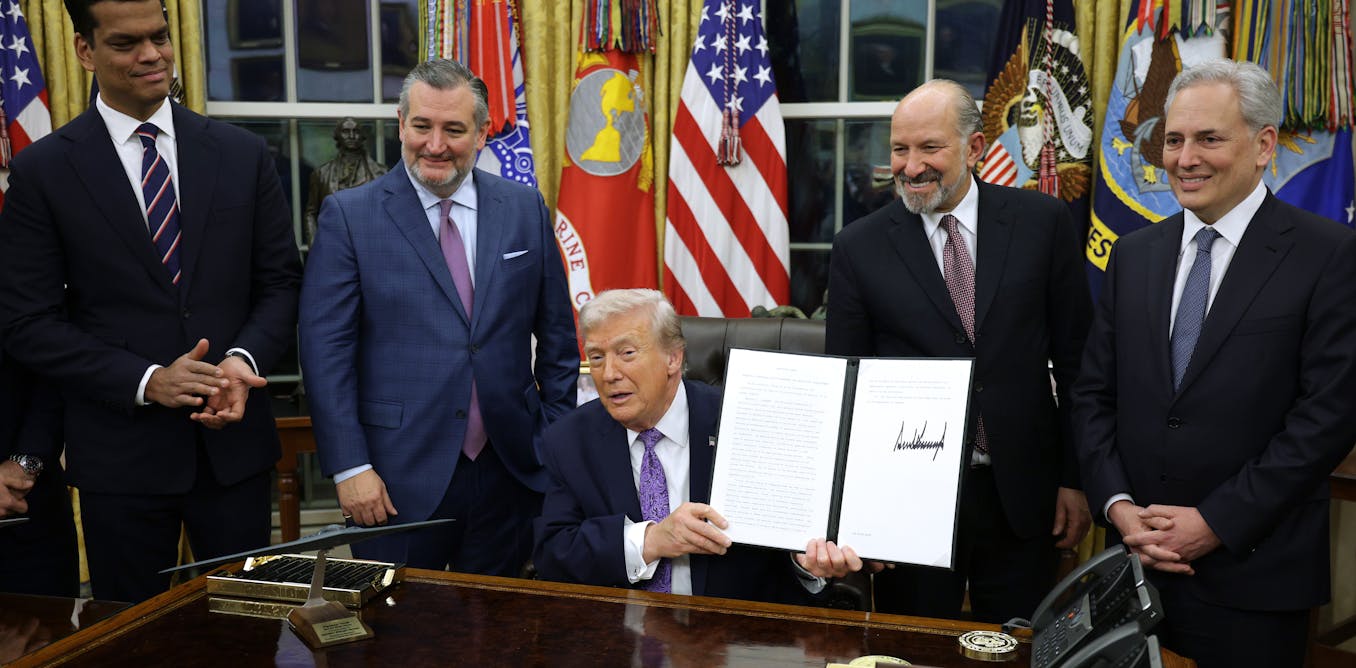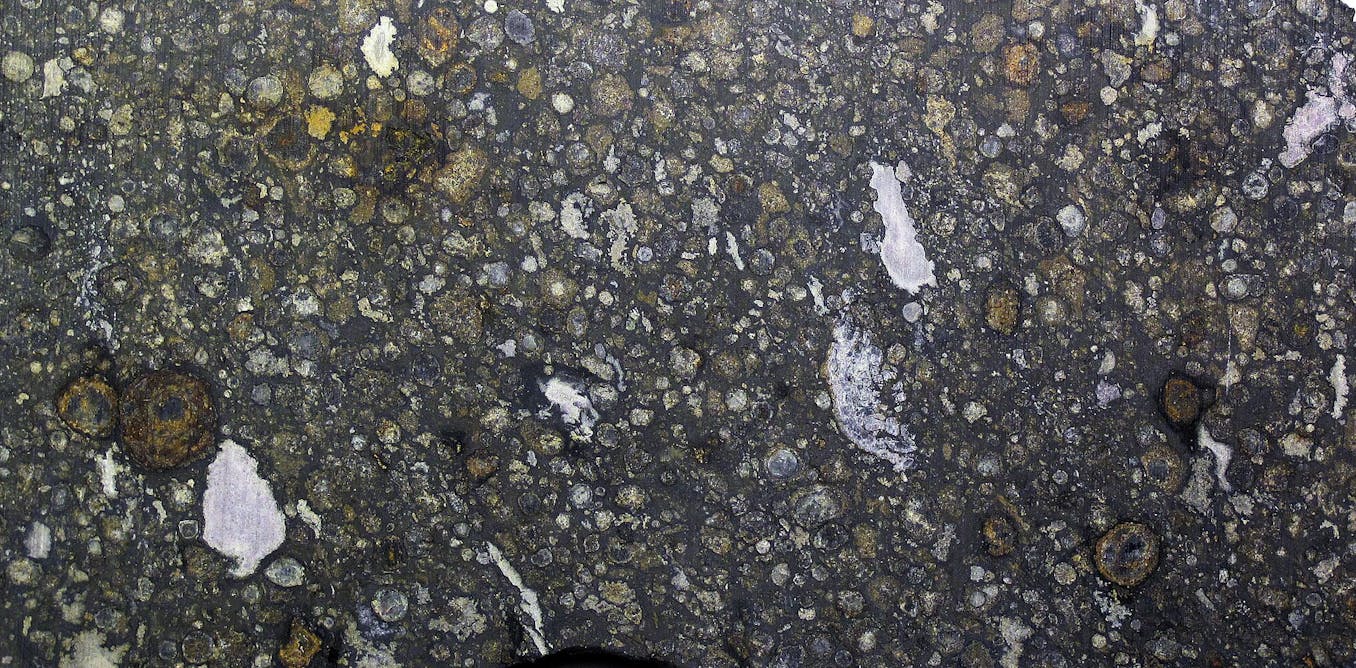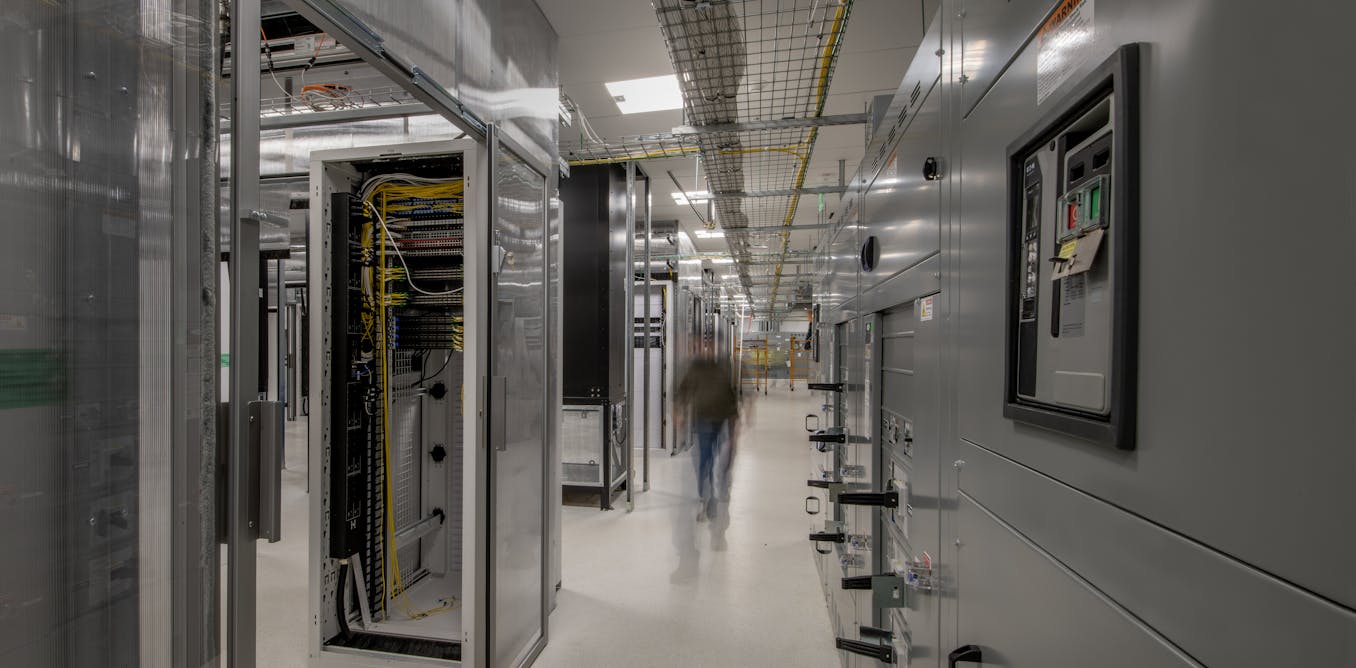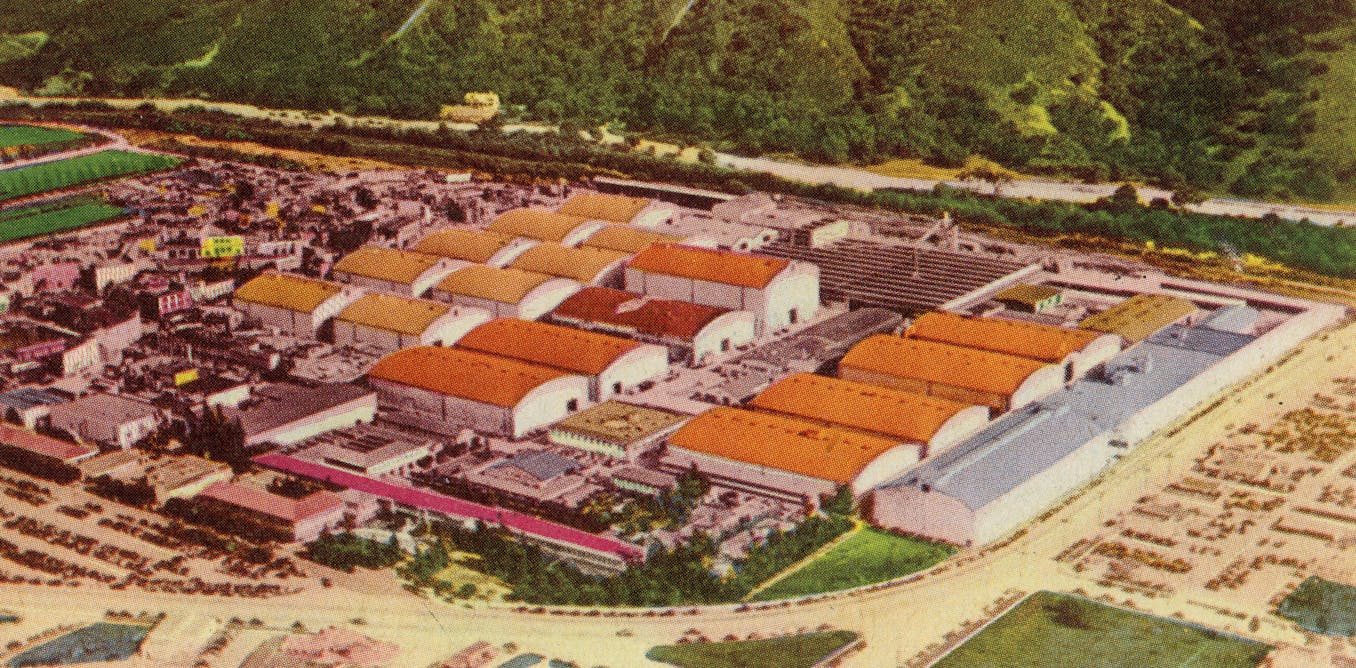In partnership with Google, the Computer History Museum has released the source code to AlexNet, the neural network that in 2012 kickstarted today’s prevailing approach to AI. The source code is available as open source on CHM’s GitHub page.
What Is AlexNet?
AlexNet is an artificial neural network created to recognize the contents of photographic images. It was developed in 2012 by then University of Toronto graduate students Alex Krizhevsky and Ilya Sutskever and their faculty advisor, Geoffrey Hinton.
Hinton is regarded as one of the fathers of deep learning, the type of artificial intelligence that uses neural networks and is the foundation of today’s mainstream AI. Simple three-layer neural networks with only one layer of adaptive weights were first built in the late 1950s—most notably by Cornell researcher Frank Rosenblatt—but they were found to have limitations. [This explainer gives more details on how neural networks work.] In particular, researchers needed networks with more than one layer of adaptive weights, but there wasn’t a good way to train them. By the early 1970s, neural networks had been largely rejected by AI researchers.
Frank Rosenblatt [left, shown with Charles W. Wightman] developed the first artificial neural network, the perceptron, in 1957.Division of Rare and Manuscript Collections/Cornell University Library
In the 1980s, neural network research was revived outside the AI community by cognitive scientists at the University of California San Diego, under the new name of “connectionism.” After finishing his Ph.D. at the University of Edinburgh in 1978, Hinton had become a postdoctoral fellow at UCSD, where he collaborated with David Rumelhart and Ronald Williams. The three rediscovered the backpropagation algorithm for training neural networks, and in 1986 they published two papers showing that it enabled neural networks to learn multiple layers of features for language and vision tasks. Backpropagation, which is foundational to deep learning today, uses the difference between the current output and the desired output of the network to adjust the weights in each layer, from the output layer backward to the input layer.
In 1987, Hinton joined the University of Toronto. Away from the centers of traditional AI, Hinton’s work and those of his graduate students made Toronto a center of deep learning research over the coming decades. One postdoctoral student of Hinton’s was Yann LeCun, now chief scientist at Meta. While working in Toronto, LeCun showed that when backpropagation was used in “convolutional” neural networks, they became very good at recognizing handwritten numbers.
ImageNet and GPUs
Despite these advances, neural networks could not consistently outperform other types of machine learning algorithms. They needed two developments from outside of AI to pave the way. The first was the emergence of vastly larger amounts of data for training, made available through the Web. The second…
Read full article: How AlexNet Transformed AI and Computer Vision Forever

The post “How AlexNet Transformed AI and Computer Vision Forever” by Hansen Hsu was published on 03/21/2025 by spectrum.ieee.org






































Leave a Reply